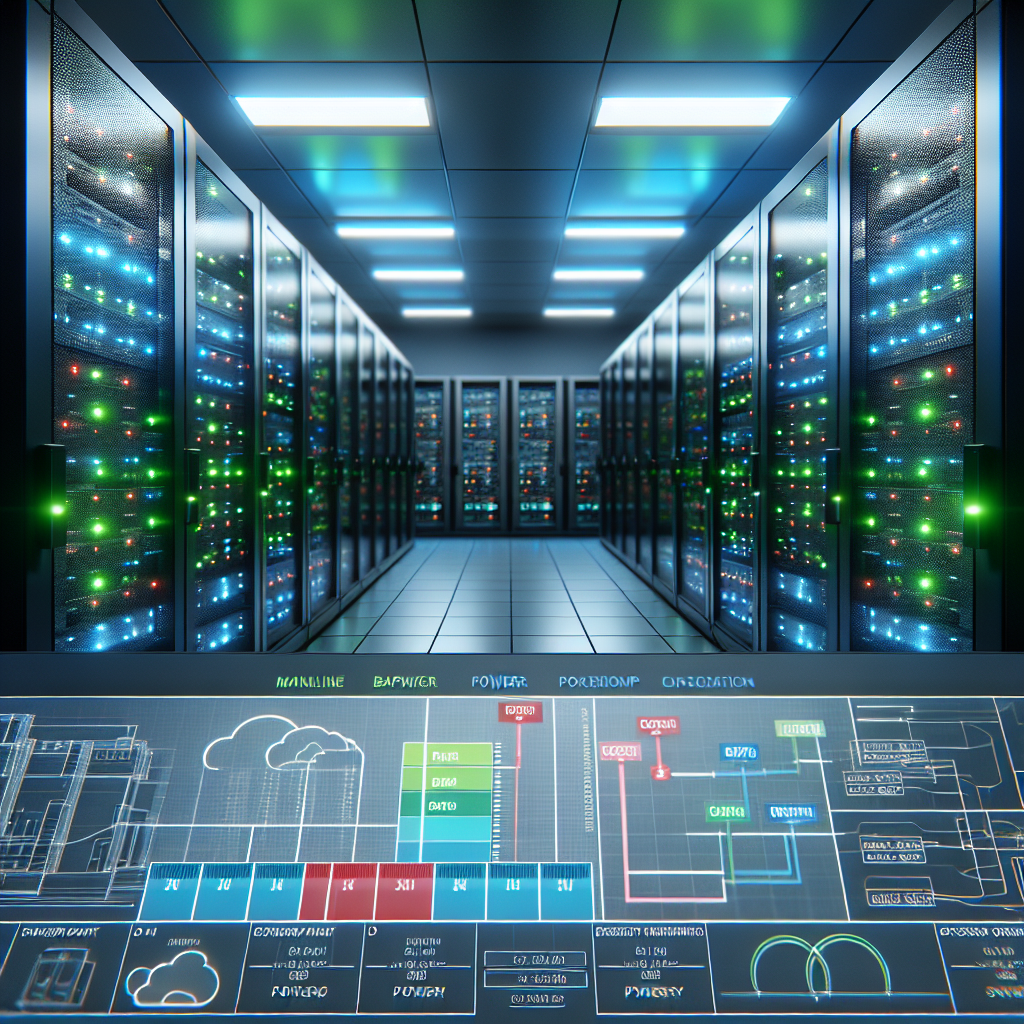Your cart is currently empty!
Best Practices for Managing Power Distribution in High-Density Data Centers

High-density data centers are becoming increasingly common as companies strive to maximize their computing power within limited space. With this increase in density comes the challenge of managing power distribution effectively. Proper power management is crucial for maintaining the reliability and efficiency of a data center, as well as ensuring the safety of the equipment and personnel.
Here are some best practices for managing power distribution in high-density data centers:
1. Conduct a thorough power assessment: Before implementing any power distribution system, it is important to conduct a thorough assessment of the data center’s power needs. This includes identifying the power requirements of each piece of equipment, as well as any potential bottlenecks or vulnerabilities in the current power distribution system.
2. Implement redundancy: Redundancy is key to ensuring the reliability of a high-density data center. By implementing redundant power distribution paths, UPS systems, and generators, data center operators can minimize the risk of downtime due to power failures.
3. Use intelligent power distribution units (PDUs): Intelligent PDUs provide real-time monitoring and control of power usage, allowing data center operators to identify and address potential issues before they become critical. They also offer remote management capabilities, making it easier to manage power distribution in high-density environments.
4. Implement hot aisle/cold aisle containment: Hot aisle/cold aisle containment is a best practice for managing airflow in high-density data centers, but it also plays a role in power distribution. By isolating hot and cold air streams, data center operators can optimize cooling efficiency, reducing the overall power consumption of the facility.
5. Regularly monitor and maintain power distribution equipment: Regular maintenance and monitoring of power distribution equipment is crucial for ensuring the reliability and efficiency of a data center. This includes testing backup power systems, checking for hotspots in the power distribution system, and ensuring that all equipment is properly grounded.
6. Consider modular power distribution solutions: Modular power distribution solutions offer flexibility and scalability, making it easier to adapt to changing power requirements in a high-density data center. They also offer a higher degree of customization, allowing data center operators to tailor their power distribution system to meet their specific needs.
Overall, effective power distribution is essential for maintaining the reliability, efficiency, and safety of a high-density data center. By following these best practices, data center operators can ensure that their power distribution system is optimized for maximum performance and uptime.

Leave a Reply